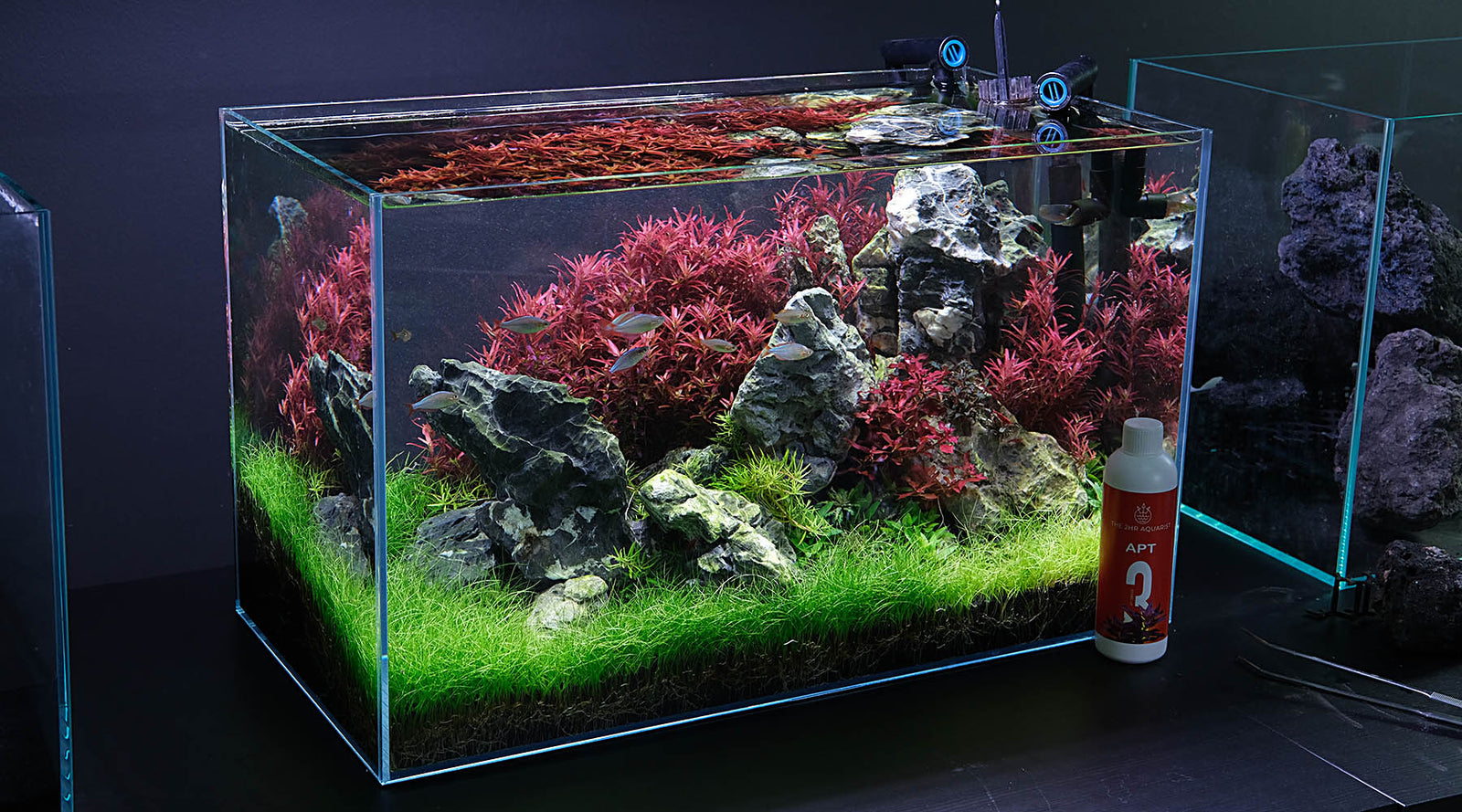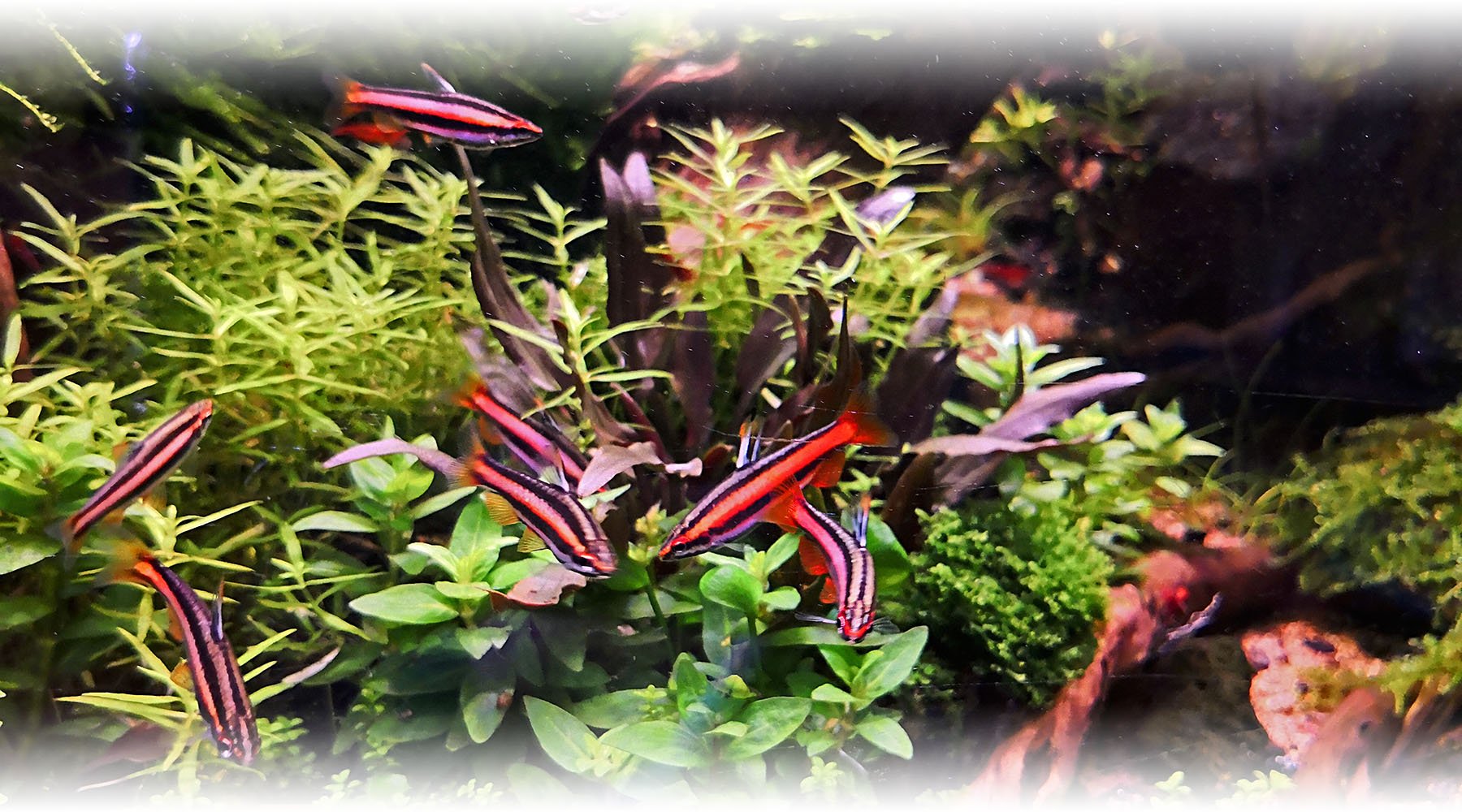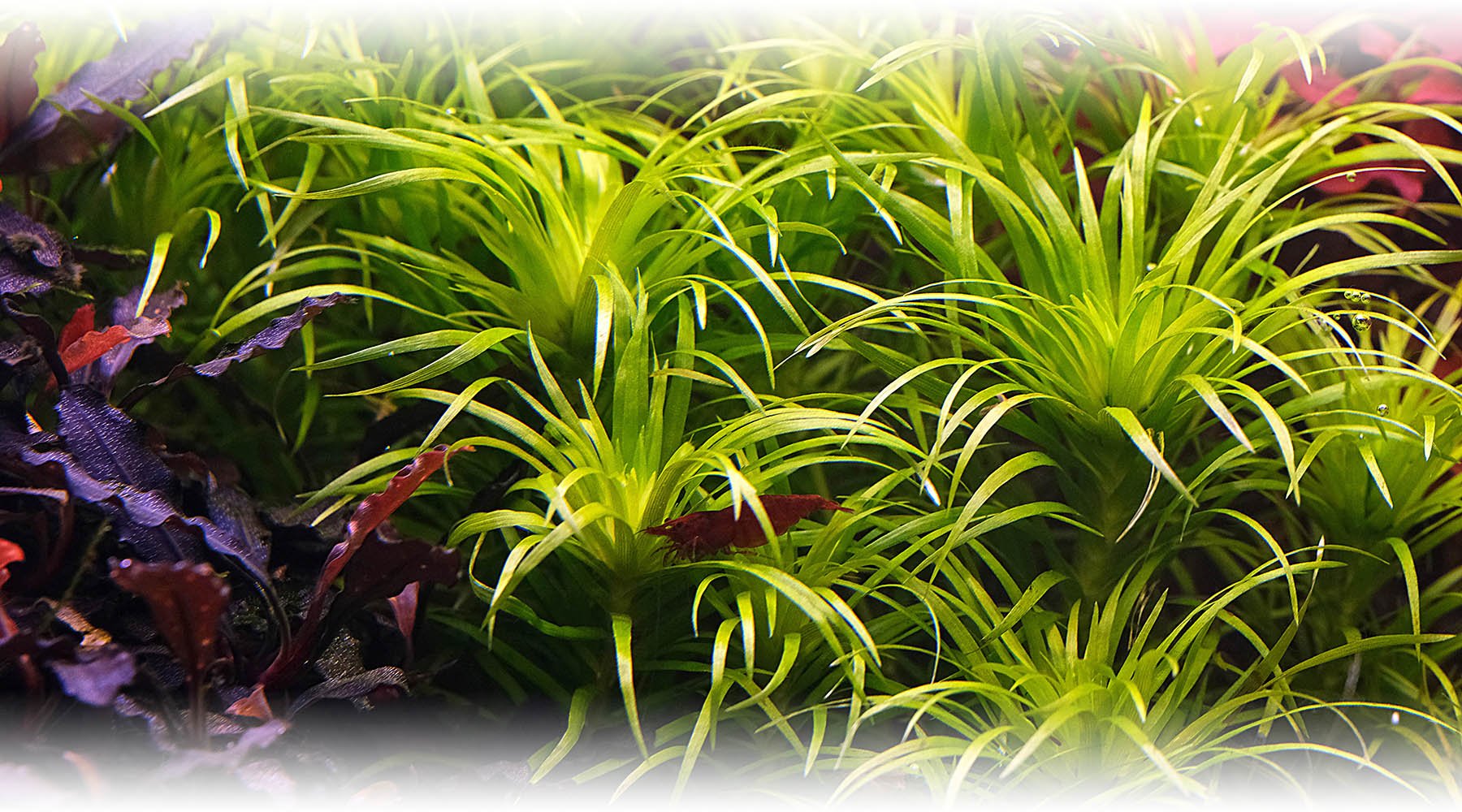
Regular water change is hugely beneficial. It keeps algae at bay by removing organic waste, most of which cannot be measured by hobbyist test kits. And fresh water rebalances the build-up of minerals and supplements added over time. For a fast growing tank with a lively fish population, we recommend weekly water changes. For a slow-growing tank with very light livestock load, we can get away with changing water once every 2-4 weeks.
But how much water should I change?
This is a good question, and we go through the considerations.
50%-100% Water Change
If you have perfect tap water parameters, regularly changing 100% of the water in the tank is fine. Many fish breeders do this on a daily basis as they feed the young fish heavily to accelerate growth. Complete water change is necessary just to maintain water quality.
In general, 100% water change is OK if your tap water:
- Is very close to tank water in terms of water hardness & temperature
- Does not contain ammonia or heavy metals
- Is not saturated with carbon dioxide
Most of the bacteria in a matured tank reside in the substrate and filter, so losing a small amount of them through a large water change is insignificant. The advantage of removing organic detritus far out weighs the small fluctuations caused by the large water change.
Sensitive livestock might be stressed by the disturbance of frequent large water changes, for instance spawning fish or shrimps. This is is definitely a factor to be concerned, but it is more tied to the draining of the tank and not the change in water per se.
But remember, unless you are certain your tap water has zero or very little chlorine and chloramines, always use a dechlorinator / water conditioner.
30%
The tank above shows a common scenario where hobbyists use Seiryu stone because of its attractive texture. However Seiryu is a form of limestone and raises KH (carbonate hardness). The tank shown above is a classic 2Hr Hardwater Tank (4-7 dKH) due to the amount of Seiryu (and CO2) used. In this case, with neutral tap water (0 dKH), it is better to limit water change to ~30% to avoid large flux in water hardness every time we change water.
Let’s us use another scenario, a new tank with aquasoil in a place with slightly hard water, say 4dKH. Aquasoils automatically softens the water. If your tap water measures 4 dKH, an aquasoil tank can reduce it to 1 dKH or less over a few days, especially if the aquasoil substrate is new.
With a 4 dKH difference between the tap water and tank water, a 100% water change will spike the KH up a few degrees. Depending on how sensitive your livestock and plants are, this may present an issue. In such cases, limiting your water change to around 30% is better.
Finally, some livestock, such as Coral red pencilfish below, are more sensitive to water parameters and disturbances. If you keep more sensitive livestock, it makes sense to limit water change to 40% or less. In general, 30% is a sweet spot that works well for most tanks.
10%-20%
For some folks with more problematic tap water, large water changes can sometimes present issues. For example, some tap water sources contains heavy metals. In matured tanks, plants and substrate absorb heavy metals from the water column. A large water change in such scenarios may spike heavy metal concentration high enough to affect sensitive livestock such as shrimps.
Some tap water may also contain ammonia – this coupled with a high pH can induce ammonia toxicity. In matured tanks, plants absorb ammonia and stabilise the environment. If your tap water is really poor, then doing smaller water changes may actually give better outcomes. In such cases, try a 10% to 20% water change, but continue to use this opportunity to vacuum detritus off the substrate, what we call Changing Water The 2Hr Way.
In summary
If you don’t have detailed information on your tap water, be aware that water parameters impact plant and livestock health significantly- it is worth the investment to find out more. Many hobbyists struggle because they try to grow softwater plants like Syngonanthus above in hardwater, or vice versa. 30% is a good ‘general’ level.
If you know your tap water, and it matches your tank and plant selection, use the luxury of regularly changing 50% or more.
If you have reason to suspect that your tap water is not ideal, or not consistent, you can limit your water change to 10%-20%, but it probably also means that you would have more success with hardier plants.

